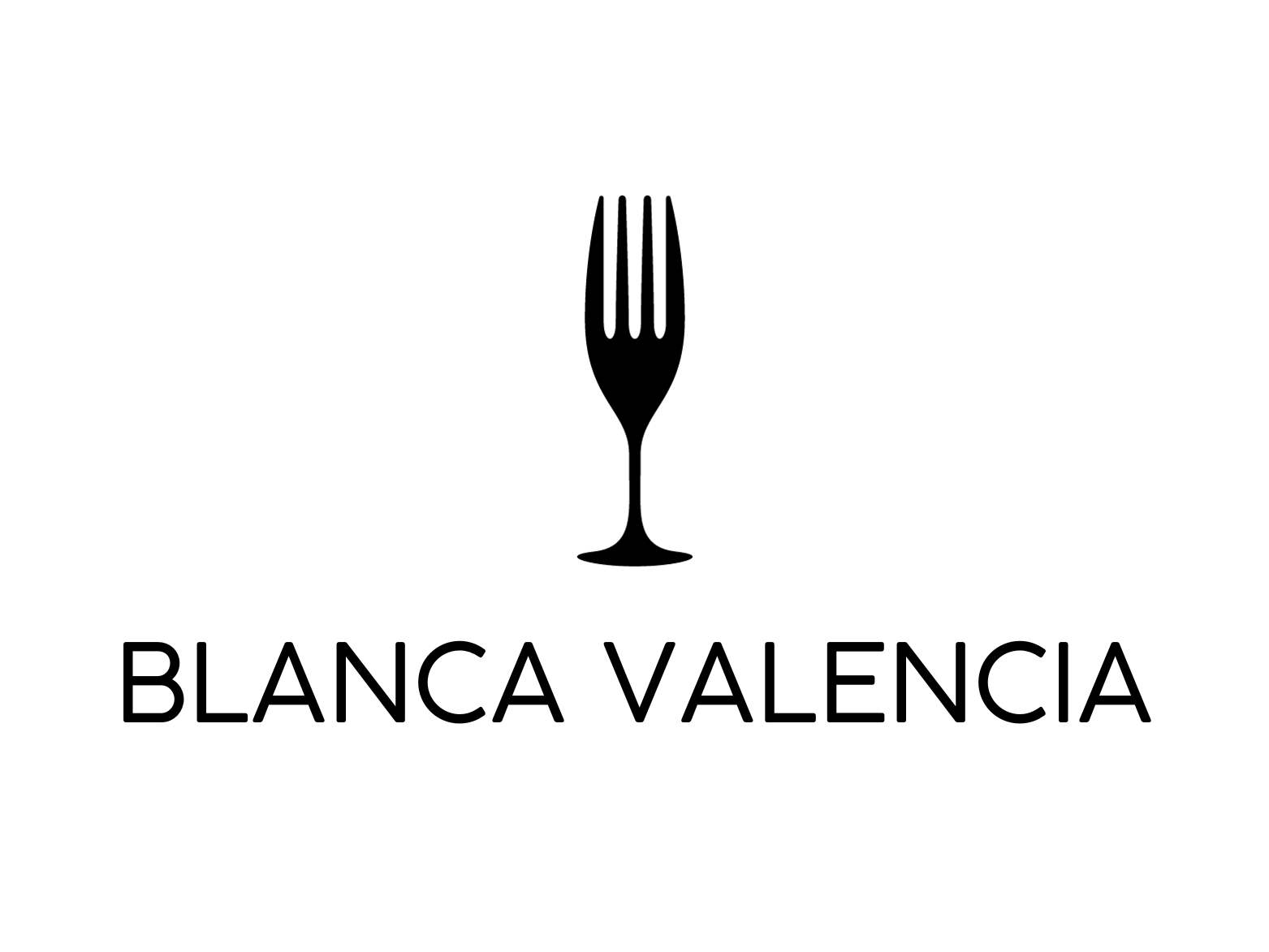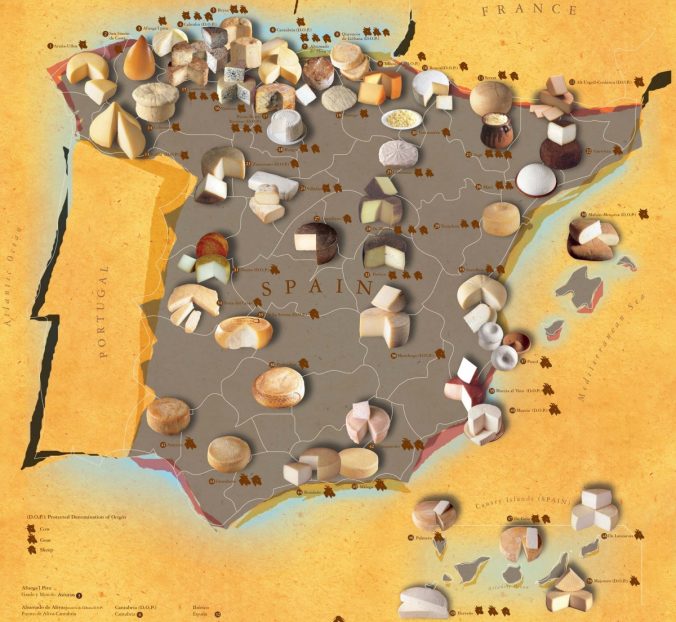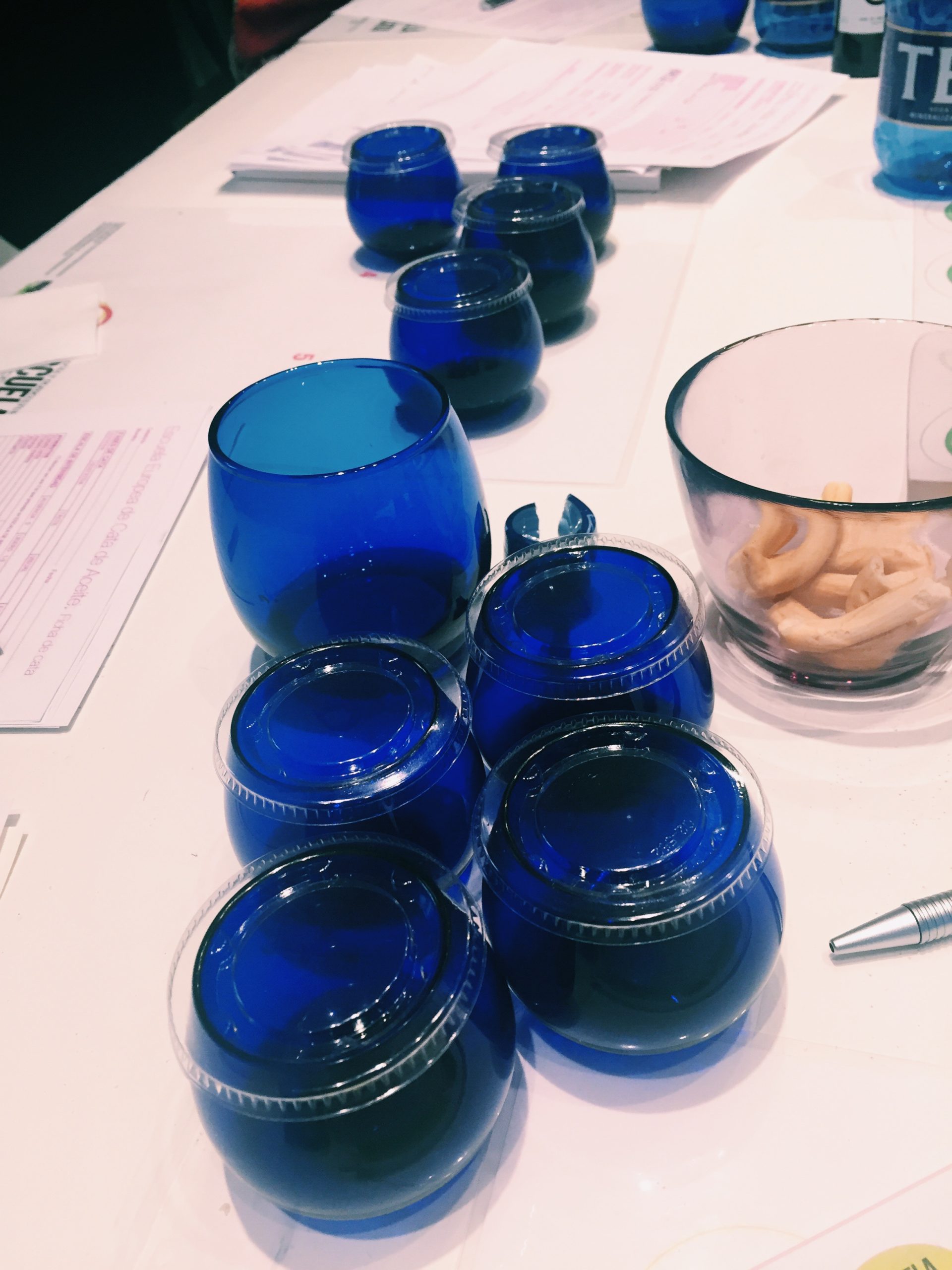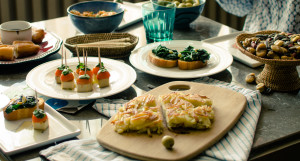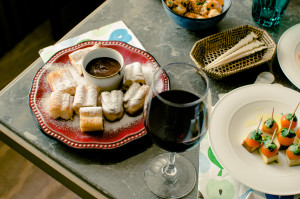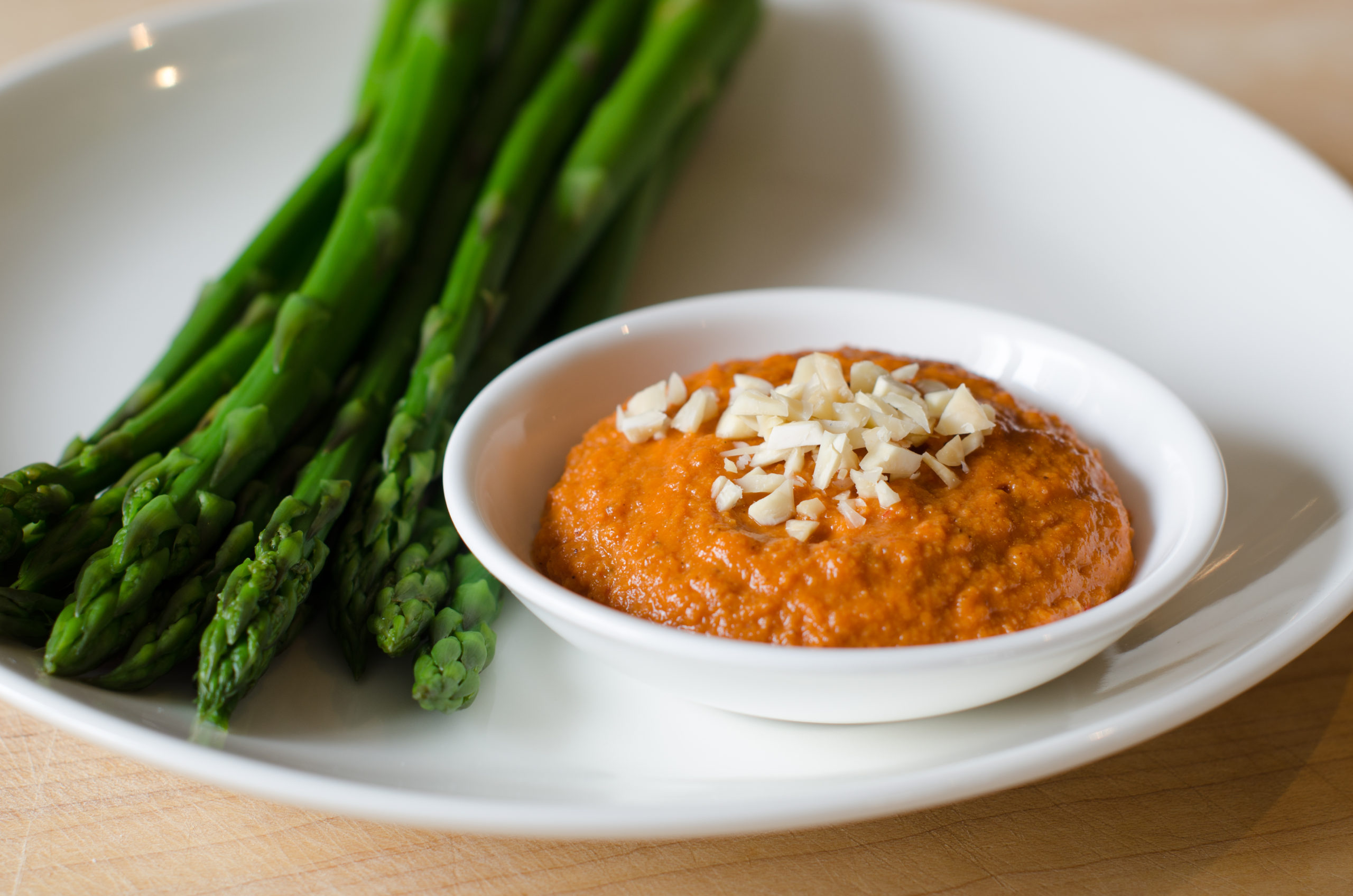Almodóvar must have grown up in a kitchen. It’s clear from his liberal use of them and food in his movies. I recently had the chance to sit down and carefully watch for a second time “Julieta”, his movie based on a series of short-stories by Alice Munro. I am a big fan of reds, bold prints and yes, I admit a bit of kitsch, so no wonder his kitchens always attract me. It is especially interesting since in Spain, traditionally kitchens are not open plan so the fact that Pedro packs so much action into them is pretty interesting.
If you look closely at his films with an eye out for food you can find both sensuality and repression. One of my favorite examples of the latter is the burnt chicken prepared by Gloria (Carmen Maura) in the 80’s film “What have I done to deserve this” that seems to channel all the anger of the Franco years repression against women. This is one of my favorite Almodovar films, but it’s very dark and angry and the kitchens depressing… so let’s turn our attention to a more contemporary and airy film like Julieta.
The film is visually joyful but sad. It’s an example of terrible bad luck and reminded me of the daughter in the book American Pastoral by Philip Roth who joins a Jain sect. As a mother, the theme of loss in Julieta is unshakable. In some ways it’s worse than death. It’s rejection and hatred. Julieta’s pain became my pain and in a very small way stayed with me. I loved the movie because it’s simple: love and loss, nothing else, no S&M, no rape or incest (prominent topics in his other films).
There are many kitchens in this movie. The first one is Julieta’s minimalist kitchen in Madrid. Apart from some splash of red on the wall, the kitchen is not the one of a cook or someone who is a big eater. It has some weird magnets on the fridge as the only concession to playfulness. Wine features prominently but there are no spices or pots on display. You can assume she eats out a lot and drinks wine and coffee at home. The break-up scene with Lorenzo occurs right there in the spartan kitchen. It’s a heartbreaking scene because he really does not know why is he being shut out. Darío Grandinetti, the masterful Argentinian actor, is good in the role of soothing lover but Almodóvar missed out on all his comic strengths that can be seen in other movies like “Wild Tales”and “Despido Procedente” both Argentinian/ Spanish films. Just imagine Darío in one of Almodovar more comic films like “Women on the Verge”. He would be perfect no?

Julieta’s kitchen in Madrid
The kitchen in Xoan’s house is a reflection of family and heritage. It’s not an expensive kitchen rather it feels like a Spanish 80’s kitchen. If you look at the tiles, there are shells and fish. The shell is the shell of Saint James, patron saint of Spain and Galicia where Xoan lives. It is in Galicia in Santiago de Compostela where his remains lay. So the shell signifies Galicia, the Camino de Santiago, strong heritage, the simple seafood and the fishing that Xoan so loves and is his metier.

Xoan’s kitchen in Galicia
Next to the kitchen there are ceramicpieces from Sargadelos, the ultra famous Galician ceramic manufacturer. The pieces are immediately recognizable and Almodovar has featured them in other movies like “The Skin within me” with Antonio Banderas, another movie that features Galicia. I imagine the Sargadelos pieces are wedding presents from Xoan’s first marriage or family heirlooms. The first time we see the kitchen when Julieta arrives in Galicia there is a “botijo” on the kitchen table.. If you don’t know what a “botijo” is it’s an old-fashioned clay water cooler. I always associate it with a joke I was told when I was a little girl, that made me sad.
A father asks his child to bring him el botijo and the kid responds “Why Dad? Are we moving?”.
This joke is representative of the post-war when Spain was a very barren and poor place. It of course implies that the botijo is their only possession in this world.
I love this kitchen with the spectacular view of the sea, the blue tiles and the red patterned table cloth. There knicknacks everywhere. It feels like there is a lot of life in the house. It is in this kitchen that Julieta prepares a “tortilla”, or omelette on the night that Xoan dies.
The third kitchen is close to my heart as it has a strong Andalusian feel. Julieta’s Dad lives in a small town and his kitchen is refreshingly white with masonry units. There are lots of colorful vegetables from the orchard and decorative curtains to hide the pots and pans. There are also a lot of preserves which you see a lot of in this movie but that in my Andalusian experience are not that common. Preserving is not a big hobby unlike places like the US Midwest or the UK.
Beatriz, Antía’s friend, has a beautiful and glamorous vanilla apartment in Madrid. No wonder she ends up working for Vogue. The kitchen is modern and functional and has a uniformed domestic helper. The 90’s in Spain saw a big increase in domestic helpers thanks to Zapatero’s open immigration policy. Beatriz’s mom has a tea set that although beautiful it does not really match with the modern aesthetics of the house.
Julieta and Antía’s kitchen in Madrid is the last one. It is painted blue and yellow and in it we find again the Sargadelos ceramics that were in the house in Galicia. One of the only material objects that Antía brought back from her last visit to Galicia. Once again, it’s a real kitchen and it looks lived in. It is one of the last scenes where we see the mother and daughter together. It made it very poignant the second time I saw this movie.

Julieta & Antía’s kitchen in Madrid
As a small aside, note how Julieta’s cakes for Antía’s birthdays are never home-made like other more baking friendly countries like the USA. Julieta very likely bought the cakes in Mallorca, the most popular cake shop and cafeteria in Madrid as is customary in the city. We see 3 cakes: a framboise gelatine one, a chocolate almond one and a fruit and almond one.
Next up kitchens in “Kika”.
